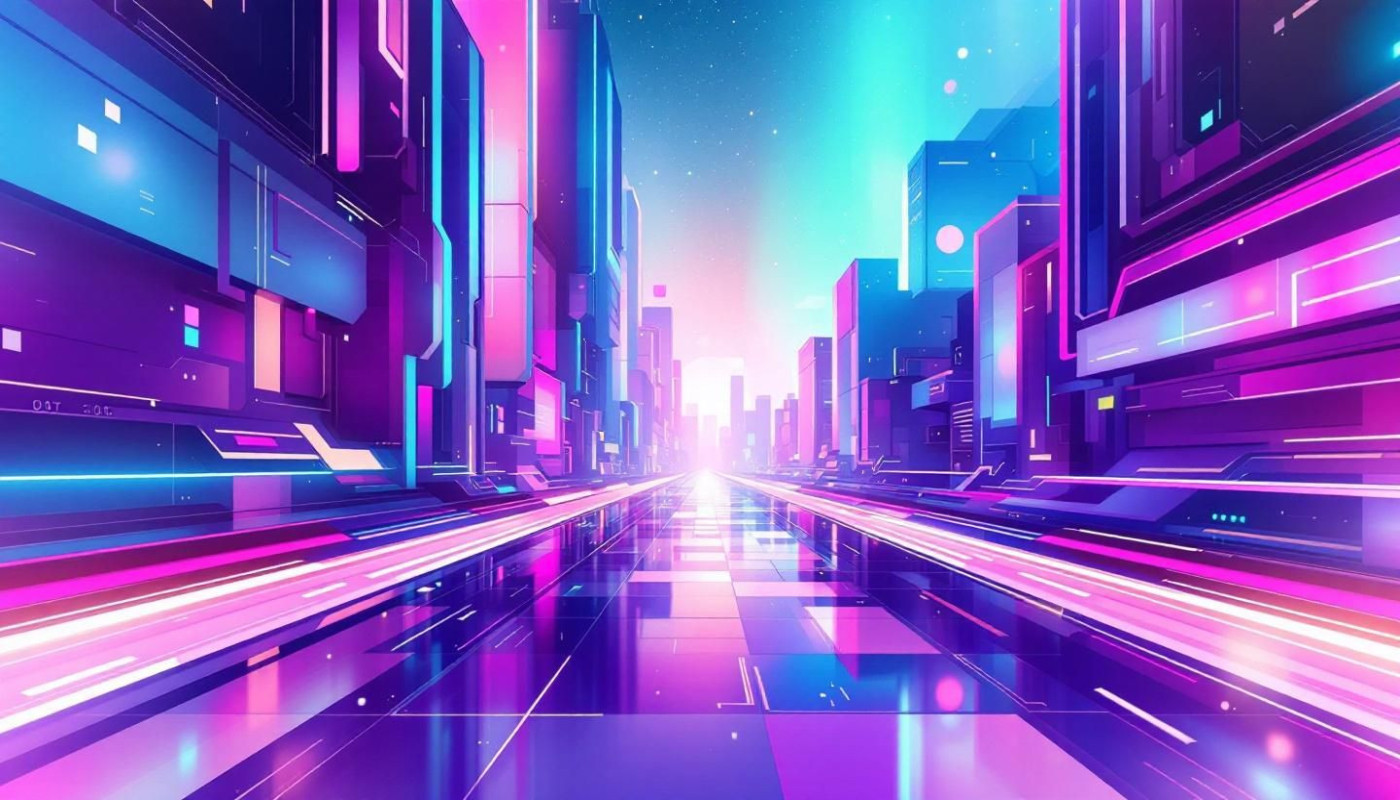Table of contents
Step into the world of limitless creativity with the latest advancements in AI-powered image generation tools. These free digital resources are revolutionizing the way visual content is made, offering new possibilities for artists, designers, and curious minds alike. Discover how harnessing artificial intelligence can unlock unique artistic expression and elevate your creative projects to new heights—read on to learn how to make the most of these innovations.
Exploring the basics
AI-powered image generation tools are transforming the landscape of creative visuals by using advanced machine learning techniques to turn text descriptions or simple sketches into stunning digital art. At the heart of every AI image generator lie intricate neural networks, which are computer systems designed to mimic the way the human brain processes information. These networks are particularly effective when used in structures known as generative adversarial networks (GANs), a technical approach where two algorithms—one generating images, the other evaluating them—compete and improve together. This process enables the creation of highly realistic images that match the intent behind a user’s prompt. By leveraging machine learning, these tools can understand language, interpret artistic style, and generate visuals that often surprise even seasoned artists. Generative models like these are accessible and intuitive, allowing anyone to experiment with digital art and push the boundaries of creativity without needing advanced technical skills. AI image generators are not just tools for professionals; they open new possibilities for hobbyists, educators, and anyone eager to visualize their ideas in novel ways.
Benefits for creators
Free AI-powered image generation tools are transforming the creative process by offering unprecedented advantages for creators seeking visual content. These free AI tools allow users to produce high-quality images rapidly, significantly boosting productivity. By utilizing prompt engineering, creators can fine-tune outputs to align with specific project needs, ensuring more accurate and personalized results. Such tools foster design inspiration by generating a variety of visual styles, themes, and concepts, helping overcome creative blocks and broadening the scope of artistic exploration. Accessibility is a significant factor, as free solutions eliminate barriers for individuals and small teams, making advanced design technology available to everyone. Whether used in marketing campaigns, graphic design, or personal artistic endeavors, these tools unlock new possibilities and streamline workflow, empowering creators to experiment and realize their visions with greater ease and efficiency.
How to get started
Getting started with AI art is straightforward for newcomers, provided a few best practices are followed. Begin by selecting a reputable AI-powered image generation platform that suits both creative goals and technical skills. For those new to this technology, platforms like AI Image Generator offer intuitive interfaces and a supportive user community, making them a solid entry point. Crafting effective prompts is the next step; clear, descriptive language helps guide the inference pipeline, ensuring the output closely matches the artistic vision. Experimentation is key—adjusting word choice, order, and specificity can yield radically different results. Interpretation of generated images requires patience; initial outputs may vary, but iterative refinement of prompts and settings will produce higher-quality images over time. To maximize results, avoid overly complex language and focus on a single style or subject per prompt. Be mindful of common pitfalls such as ambiguous instructions or unrealistic expectations about the technology’s creative limits. This user guide approach empowers both beginners and experienced users to unlock the full potential of image generation tools, making digital creativity accessible and engaging.
Common challenges explained
When exploring free AI-powered image generation tools, users often encounter several creative challenges linked to the technology’s AI limitations. One frequent issue is output unpredictability: AI models may produce images that do not fully match the initial prompt or desired concept, leading to creative frustration. To address this, experiment with prompt variations and leverage community-shared prompt templates for improved results.
Another pressing concern revolves around image copyright and ethical AI use. Generated images may occasionally resemble copyrighted works or use elements from protected datasets, raising legal and ethical questions. To ensure responsible use, always review the tool’s licensing terms, avoid generating content that closely mimics real-world copyrighted material, and credit sources when adapting or sharing AI images publicly. Employing content moderation settings can also minimize the risk of generating inappropriate or infringing content.
Ethical AI considerations extend further to areas like representation and bias. AI models sometimes reflect the unintentional biases present within training data, leading to skewed or insensitive outputs. Regularly assess outputs with a critical eye, report problematic results, and stay updated on platform guidelines regarding ethical standards. Following these best practices supports both ethical and effective use, fostering a positive environment for creative experimentation.
Future trends in AI creativity
AI innovation is accelerating the evolution of free image generation tools, propelling creative technology into unprecedented territory. Future trends indicate that conditional image synthesis will enable users to specify increasingly detailed prompts, resulting in images that mirror reality with remarkable accuracy. As algorithms advance, realism in AI-generated visuals will deepen, allowing for subtle nuances in lighting, texture, and emotion to be faithfully recreated. Personalization will expand as models learn from user preferences, tailoring visuals to individual styles and contexts. Integration with other creative platforms—such as video editing suites, AR/VR environments, and collaborative design tools—will streamline workflows and empower creators to develop complex visual storytelling projects with ease. These developments promise a profound impact on creative industries, democratizing access to high-quality content and inspiring everyday content creation. The synergy between AI-driven image synthesis and human imagination is set to redefine how visuals are conceived, produced, and experienced, ushering in a new era of innovation and artistic expression.
Similar articles












